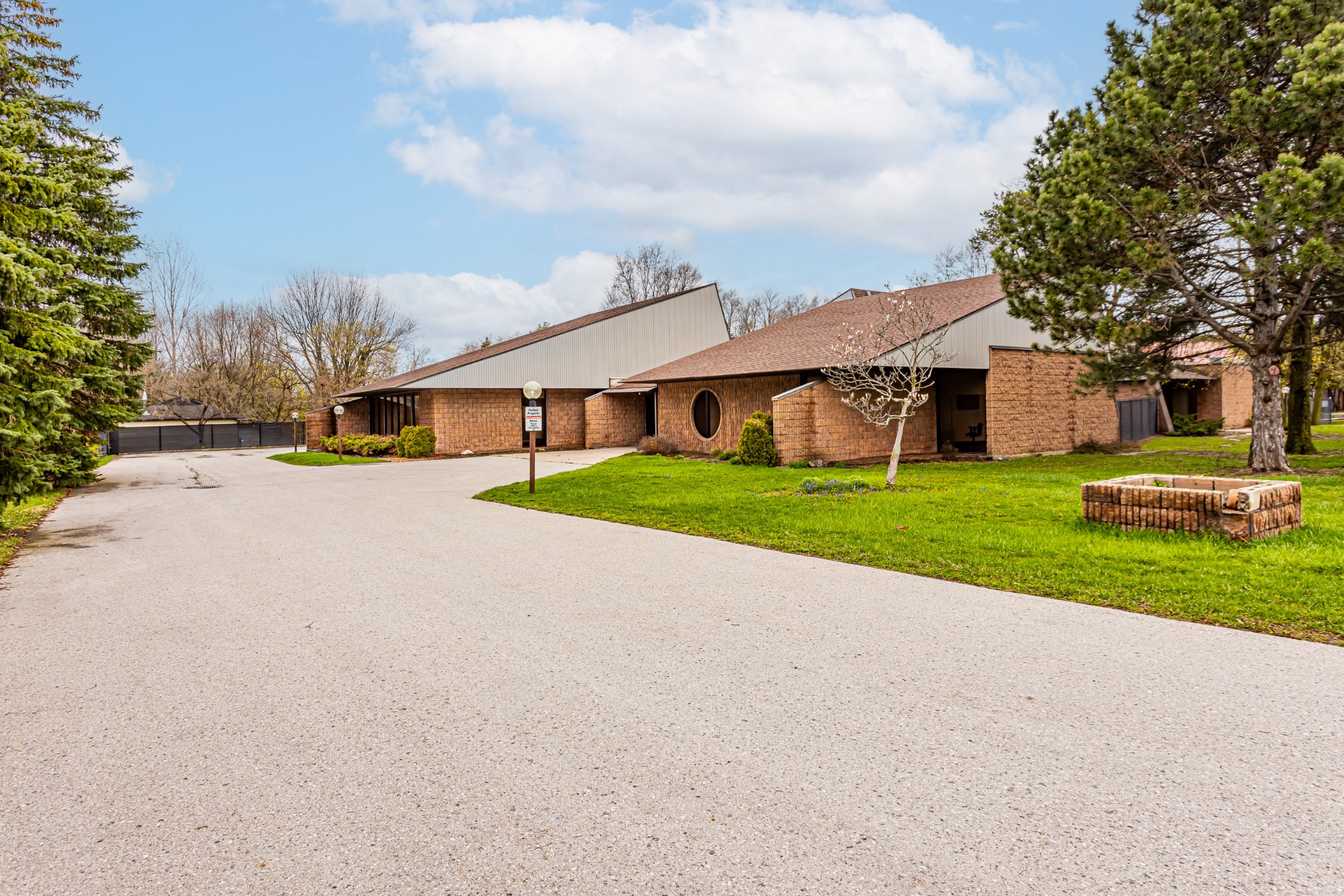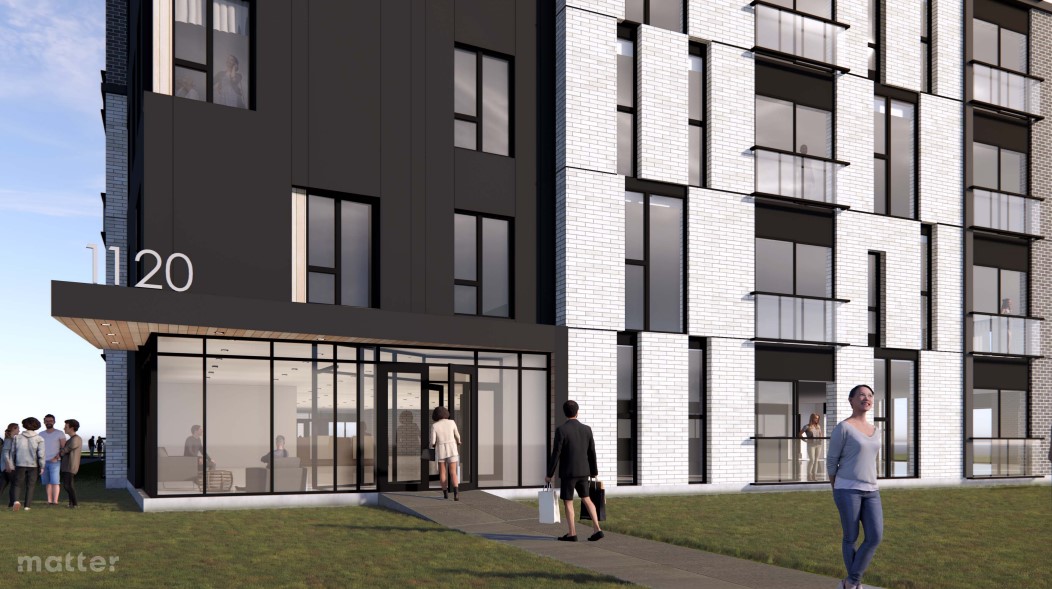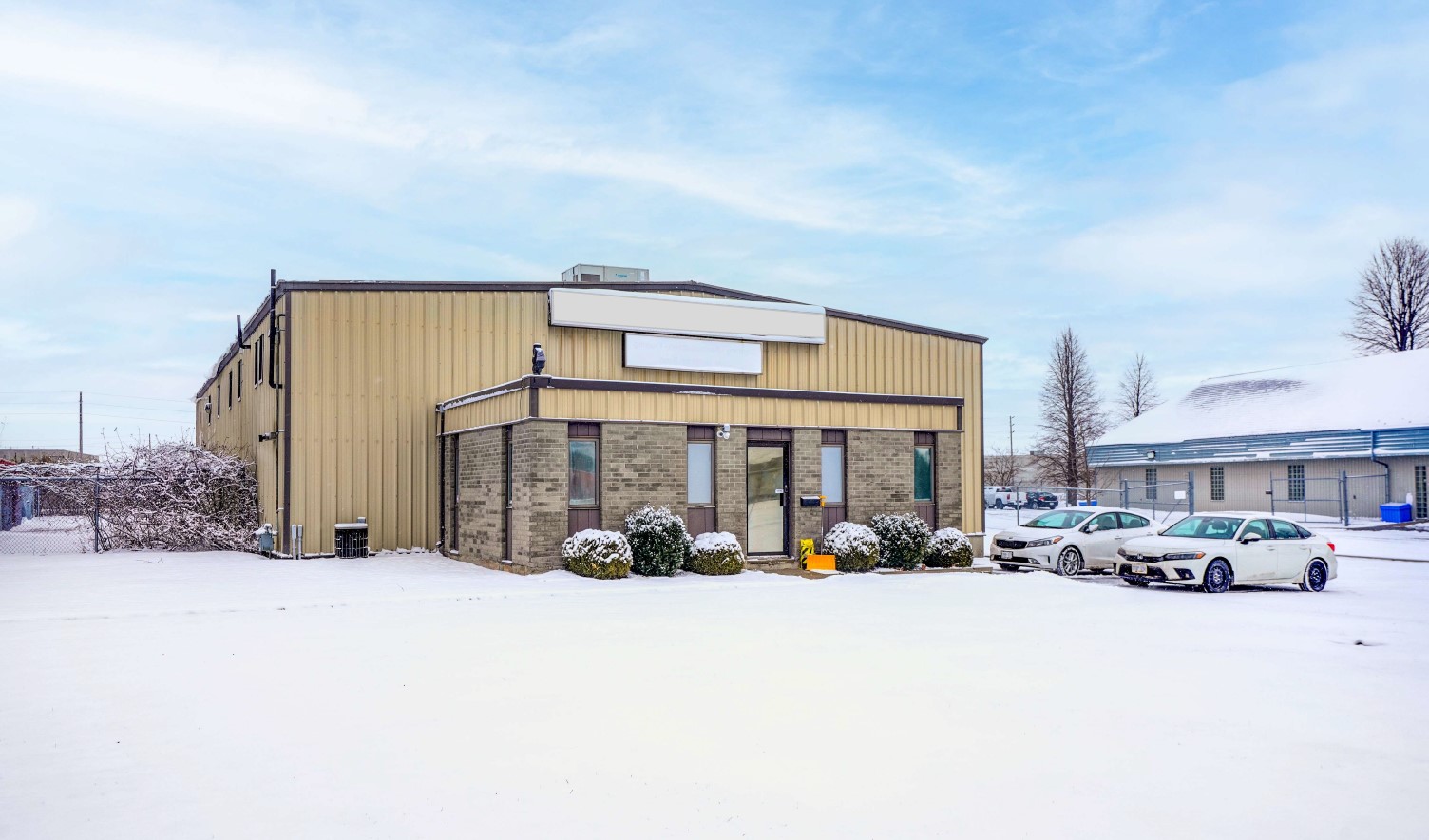Main Content
Annual commercial sales Volume in excess of $20 million.
The A Team’s Commercial Division is a full-service, specialized department for growing and established businesses, investors, healthcare institutions, franchises and non-profit organizations with commercial real estate needs in London, Ontario and surrounding areas.
Our commercial team handles any transactions that don’t fall in the typical residential resale category. This division focuses specifically on commercial, industrial and investment properties. This includes retail, big box, multi-family residential projects, and property accumulations. We adopt an unprecedented team-based, technological, and data-driven approach. This enables us to provide market-specific expertise and insights to our clients, and to present the most relevant and strategic space options available at any given time.
Our mission is to unlock the capabilities of our clients, professionals, and partners by creating innovative real estate solutions for the future. We excel in navigating intricate and dynamic landscapes, fostering assurance in present choices and envisioning transformative spaces for the days ahead.
Above all, providing an exceptional client experience is our number one priority – that means delivering our brokerage and advisory services in the most streamlined and time-efficient manner, in turn allowing our clients to focus on what’s most important to them – their businesses.

What Commercial ServicesDo We Offer?
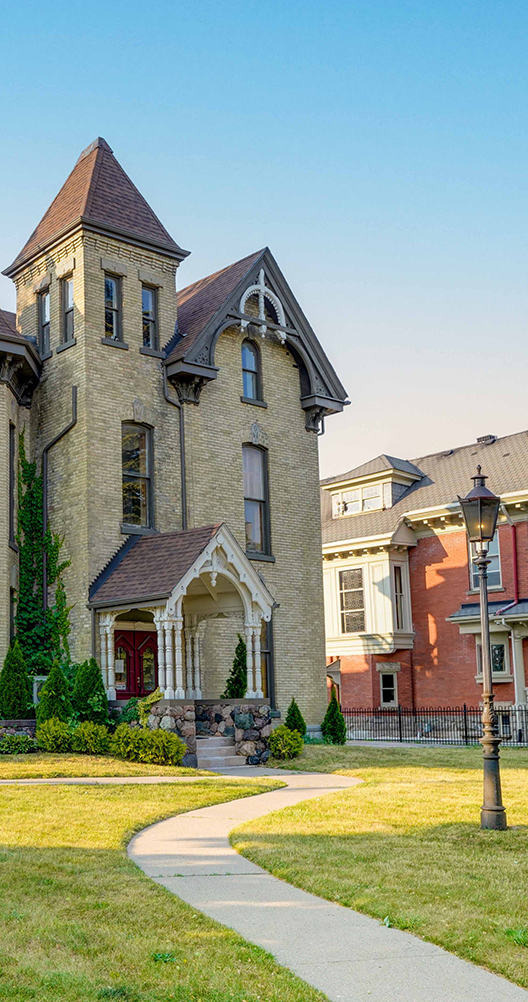
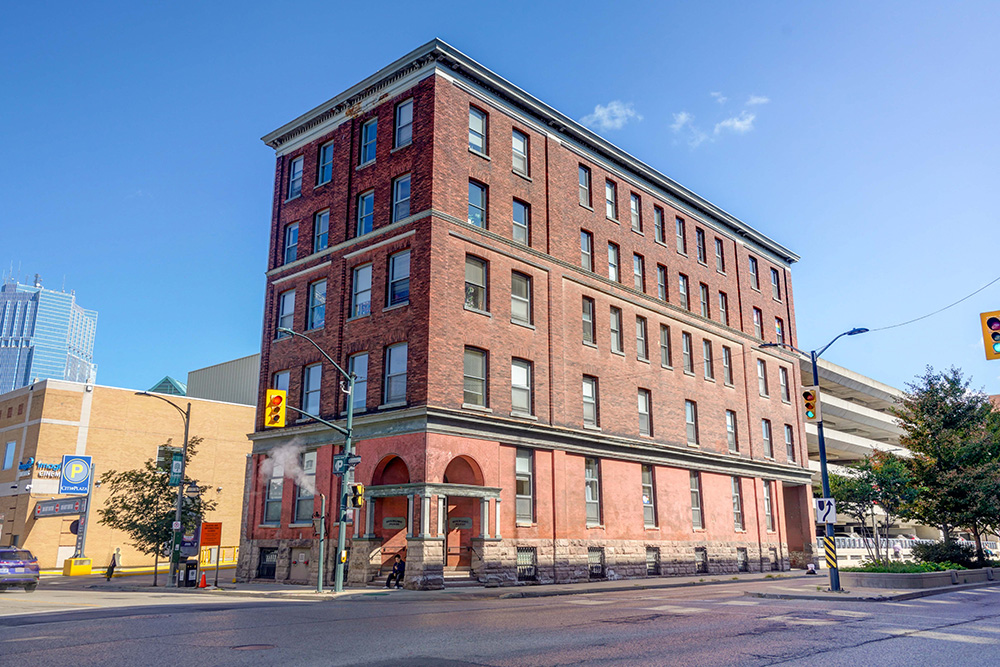
-

Our services encompass sales, leasing, and consulting across various sectors of commercial real estate. This includes, but is not limited to, office spaces, industrial facilities, retail establishments, multi-family residences, investment properties, land assembly projects, recreational properties, and businesses.
-
 Sales
Sales
Our Commercial Divison is dedicated to providing expert guidance tailored to help you optimize your private capital asset or portfolio. Drawing on our extensive knowledge, we offer insights into asset repositioning, redevelopment, rental replacement, valuation, financing, and joint venture opportunities.
Beyond this, our seasoned advisors specialize in navigating the intricacies of commercial real estate sales, ensuring a comprehensive approach that maximizes the potential of your investments. Whether you’re seeking strategic sales solutions or exploring opportunities for growth and development, our team is well-equipped to guide you through every aspect of the process.
-
 Leasing
Leasing
Our team of highly-connected and seasoned real estate professionals actively explore London-Middlesex and its surrounding areas to identify distinctive and suitable locations for your business. Going beyond location scouting, we offer an added layer of service by internally creating space plans. This involves detailed discussions on seating capacities and workflows to ensure that the chosen space aligns perfectly with your needs. Our goal is to prevent you from committing to a space that may not ultimately suit your requirements.
-
 Commercial Real Estate Consulting
Commercial Real Estate Consulting
Our Commercial Real Estate Consulting services are crafted to provide personalized solutions, empowering you to make strategic decisions and achieve long-term success in the dynamic commercial real estate market.
-
 Strategic Portfolio Optimization:
Strategic Portfolio Optimization:
Harness the full potential of your real estate portfolio with our strategic optimization services. We analyze, assess, and develop customized strategies to enhance the value and performance of your portfolio, ensuring it aligns seamlessly with your overall business goals.
-
 Asset Repositioning and Redevelopment:
Asset Repositioning and Redevelopment:
Unlock new possibilities for your assets through our expertise in repositioning and redevelopment. We provide insights and strategies to revitalise and transform properties, maximising their market appeal and long-term value.
-
 Rental Replacement and Lease Management:
Rental Replacement and Lease Management:
Navigate the dynamic rental landscape with confidence. Our consultants offer in-depth analysis and guidance on rental replacement strategies, lease negotiations, and overall management, ensuring optimal returns on your commercial real estate investments.
-
 Valuation Services:
Valuation Services:
Gain a clear understanding of your property’s worth through our comprehensive valuation services. Our consultants leverage industry expertise and market insights to provide accurate and reliable property valuations, empowering you to make informed decisions.
-
 Financing Solutions:
Financing Solutions:
Secure the right financial foundation for your real estate ventures. Our consultants work closely with you to identify tailored financing solutions, leveraging their knowledge of the market and industry relationships to optimize your financial structure.

Meet Our Commercial Team
Frequently Asked Questions Understanding Commercial Real Estate
Whether you’re a seasoned investor or exploring property options for your growing business, navigating the complexities of commercial real estate transactions can be daunting. In this FAQ section, we aim to provide clarity and insights into common questions that arise during the process. From understanding the role of commercial real estate brokers to negotiating leases and evaluating market trends, our goal is to empower you with the knowledge needed to make informed decisions. Explore the answers to frequently asked questions below and embark on your journey to successful commercial real estate ventures.
Past TransacionsSold Developments
Drive sales momentum, build traction, and attain sellout success with a team well-versed in the art of accomplishment.
View Sold







